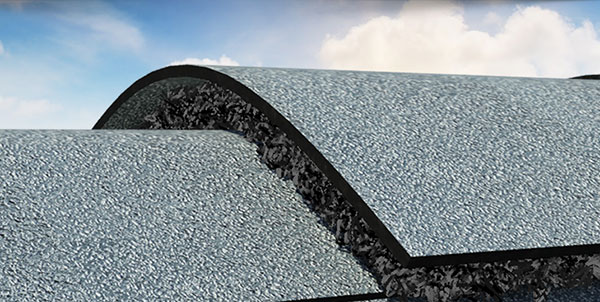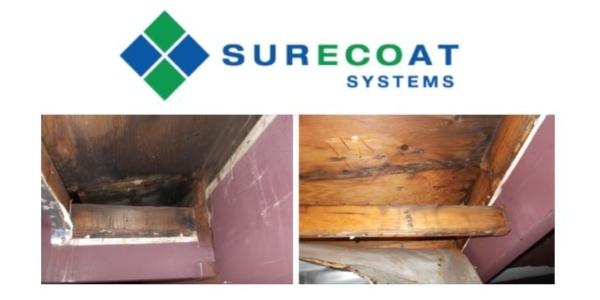What is This EMR My Insurance Guy Keeps Talking About and Why Should I Care?

By Safety Operation Services.
Experience Modification Rate (EMR) has a big impact upon a business.
The EMR is a number used by insurance companies to gauge past cost of injuries and future chances of having an accident. The lower the EMR of your business, the lower your worker compensation insurance premiums will be. The number 1 is used as the base line to represent the average risk of all businesses in a given industry which is usually represented by a SIC or NAIC code. This code is a classification established by The National Association of Insurance Commissioners (NAIC). NAIC is a nationwide organization whose main responsibility is to protect the interests of insurance consumers and collect industry data. As an example, there are 56,000+ contractors that fall under NAIC code 1761 – Roofing, Siding, and Sheetmetal. All the statistics from each contractor are averaged yearly to determine the baseline for the industry.
An EMR of 1.0 is considered the industry average. If you have an EMR above a 1.0 it is because you have not managed your safety as well as most other contractors that do the exact same work, you do and thus have caused your insurance carrier to pay out a lot more or higher cost claims. If you have a EMR below a 1.0 it is because you have managed your safety better than most others in your business and not had many or not many severe injuries.
To put it simply if your EMR is greater than 1.0 there have been workers compensation claims that your insurance provider has paid out. To offset the insurance company’s cost, they raise your worker compensation premiums. The worst part is this increased EMR hangs around for 3 years.
The base premium is calculated by dividing a company’s payroll in a given job classification by 100, and then by a ‘class rate’ determined by the National Council on Compensation Insurance (NCCI) that reflects the inherent risk in that job classification. For example, roofers have an inherently higher risk of injury than receptionists, so their class rate is significantly higher.
A comparison is made of past claims history to those of similar companies in your industry. If you’ve had a higher-than-normal rate of injuries in the past, it is reasonable to assume that your rate will continue to be higher in the future. Insurers examine your history for the three full years ending one year before your current policy expires. For example, if you’re getting a quote for coverage that expires on January 1, 2019, the retro plan will look at 2015, 2016 and 2017.
NCCI has developed a complicated formula that considers the ratio between expected losses in your industry and what your company actually incurred, as well as both the frequency of losses and the severity of those losses. A company with one big loss is going to be ‘penalized’ less severely than a company with many smaller losses, because having many small losses is seen as a sign that you’ll face larger ones in the future.
The result of that formula is your EMR, which is then multiplied against the manual premium rate to determine your actual premium (before any special discounts or credits from your insurer). Essentially, if your EMR is higher than 1.00, your premium will be higher than average; if it’s 0.99 or lower, your premium will be less.
How does a high EMR affect costs?
An EMR of 1.5 would mean that insurance premiums could be as high as 50% more than a company with an EMR of 1.0. That 50% difference must be passed on to clients in the form of increased bids for work. Keep in mind we are talking potential cost in the tens or hundreds of thousands of dollars range. A company with a lower EMR has a competitive advantage because they pay less for insurance, pay less for accidents, property damage and have a better chance of bidding good work. Additionally, many big clients and large projects simply will not take bids from contractors with high EMR’s or if they do, they will impose sanctions on the company. This is because contractors with high EMR’s are more likely to have an accident on the project.
The good news is that EMR can be lowered through developing an effective safety program that eliminates hazards and prevents injuries. No injuries equal no claims and each year you improve you work toward a better EMR.
Learn more at www.thesospros.com.





















Comments
Leave a Reply
Have an account? Login to leave a comment!
Sign In